Laurent Pernot - Before the Ivy: The Cubs Golden Age in Pre-Wrigley Chicago
Here you can read online Laurent Pernot - Before the Ivy: The Cubs Golden Age in Pre-Wrigley Chicago full text of the book (entire story) in english for free. Download pdf and epub, get meaning, cover and reviews about this ebook. year: 2015, publisher: University of Illinois Press, genre: Detective and thriller. Description of the work, (preface) as well as reviews are available. Best literature library LitArk.com created for fans of good reading and offers a wide selection of genres:
Romance novel
Science fiction
Adventure
Detective
Science
History
Home and family
Prose
Art
Politics
Computer
Non-fiction
Religion
Business
Children
Humor
Choose a favorite category and find really read worthwhile books. Enjoy immersion in the world of imagination, feel the emotions of the characters or learn something new for yourself, make an fascinating discovery.

- Book:Before the Ivy: The Cubs Golden Age in Pre-Wrigley Chicago
- Author:
- Publisher:University of Illinois Press
- Genre:
- Year:2015
- Rating:5 / 5
- Favourites:Add to favourites
- Your mark:
Before the Ivy: The Cubs Golden Age in Pre-Wrigley Chicago: summary, description and annotation
We offer to read an annotation, description, summary or preface (depends on what the author of the book "Before the Ivy: The Cubs Golden Age in Pre-Wrigley Chicago" wrote himself). If you haven't found the necessary information about the book — write in the comments, we will try to find it.
BEHOLD the 1871 team as it plays for the title in nine different borrowed uniforms after losing everything in the Great Chicago Fire
ATTEND West Side Grounds at Polk and Wolcott with its barbershop quartet
MARVEL as superstar Cap Anson hits .399, makes extra cash running a ballpark ice rink, and strikes out as an elected official
WONDER at experiments with square bats and corked balls, the scandal of Sunday games and pre-game booze-ups, the brazen spitters and park dimensions changed to foil Ty Cobb
RAZZ Charles Comiskey as he adopts a Cubs hand-me-down moniker for his teams name
THRILL to the poetic double-play combo of Tinker, Evers, and Chance even as they throw tantrums at umpires and punches at each other
CHEER as Merkles Boner and the Cubs ensuing theatrics send the team to the 1908 World Series
Rich with Hall of Fame personalities and oddball stories, Before the Ivy opens a door to Chicagos own field of dreams and serves as every Cub fans guide to a time when thoughts of next year filled rival teams with dread.
|CoverTitle PageCopyrightContentsIntroduction1. From Little English Acorn to Giant American Oak2. The Baseball Frontier3. Chicagos Hired Guns4. The Phoenix5. Chicagos Own League 6. The Birth of a Dynasty7. Keeping the Stockings White8. West Side Home9. The National League Aint the World10. The Sabbath Battles11. It Was Straight Whiskey12. Mighty Casey Has Struck Out13. Baseball Missionaries14. The Lean Years15. Back to the West Side16. From Colts to Cubs 17. The Saddest of Possible Words?18. The Fellows Who Made the Game19. Out in Left Field?20. Again, Chicago is Champion21. Covering the Bases22. Three More Pennants23. Going, Going . . .24. GoneAppendix A. About the Ballparks: Stadiums of the Chicago Cubs and their AncestorsAppendix B. The Team through the DecadesNotesBibliographyIndex|
Quite readable. . . . Pernot does not ultimately suggest there is a cure for Cub fever, but he certainly gives us the basis for a better understanding of the phenomenon.Aethlon: The Journal of Sport Literature
A well-written and entertaining read, filled with copious illustrations and photos that might sustain the rabid Cubs fan base as they wait until next year.Journal of Sport History
An excellent reference of the glory days for those poor fans caught up in the endless cycles of Wait Until Next Year on the Northside of Chicago.SABRs The Inside Game
|Born and raised in France, Laurent Pernot came to the U.S. as a Chicago-area foreign-exchange student in 1988 and caught 89 Cubs playoff fever. He is the executive vice chancellor of the City Colleges of Chicago, and lives in the city with his wife Jennifer and sons Gabriel, Luca and Leo.
Laurent Pernot: author's other books
Who wrote Before the Ivy: The Cubs Golden Age in Pre-Wrigley Chicago? Find out the surname, the name of the author of the book and a list of all author's works by series.

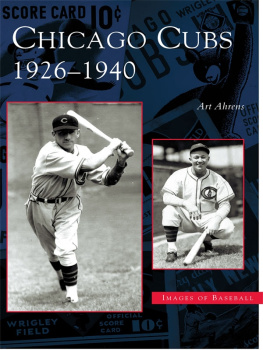
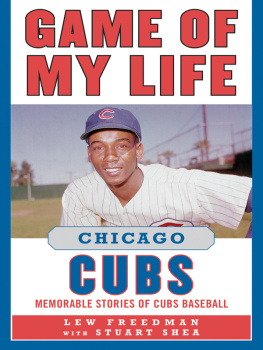
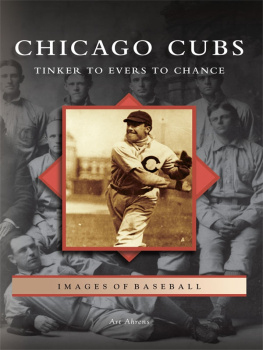
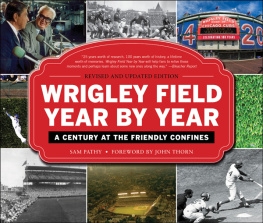
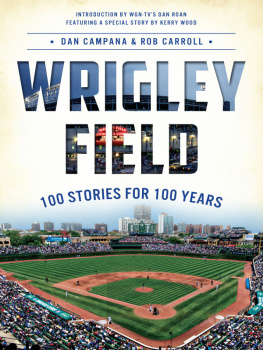
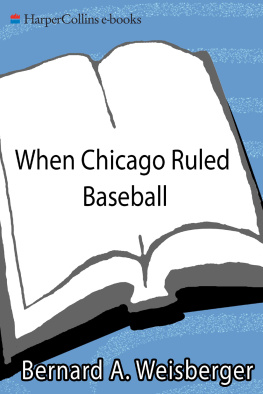
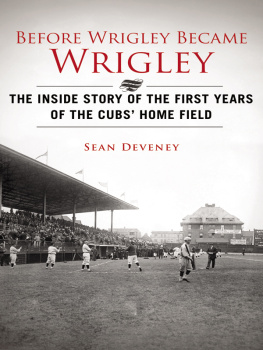
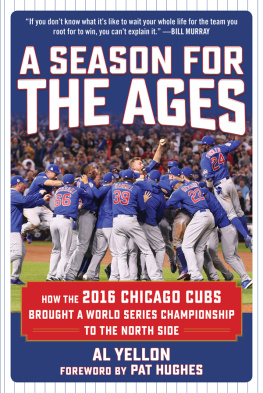
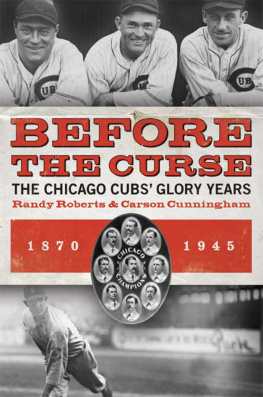
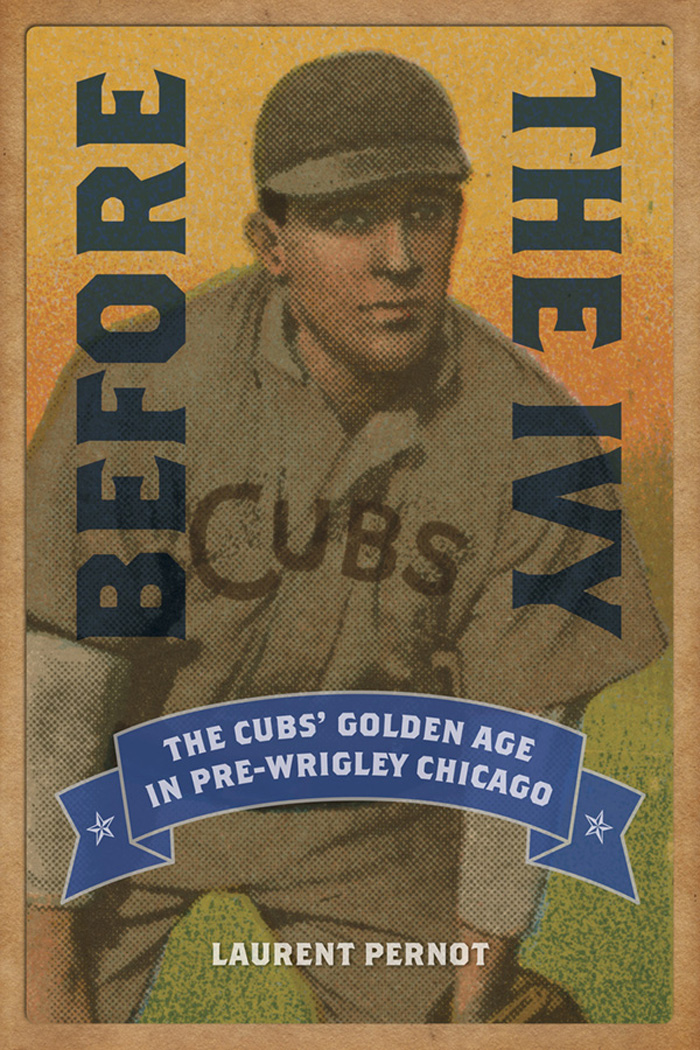


 This book is printed on acid-free paper.
This book is printed on acid-free paper.